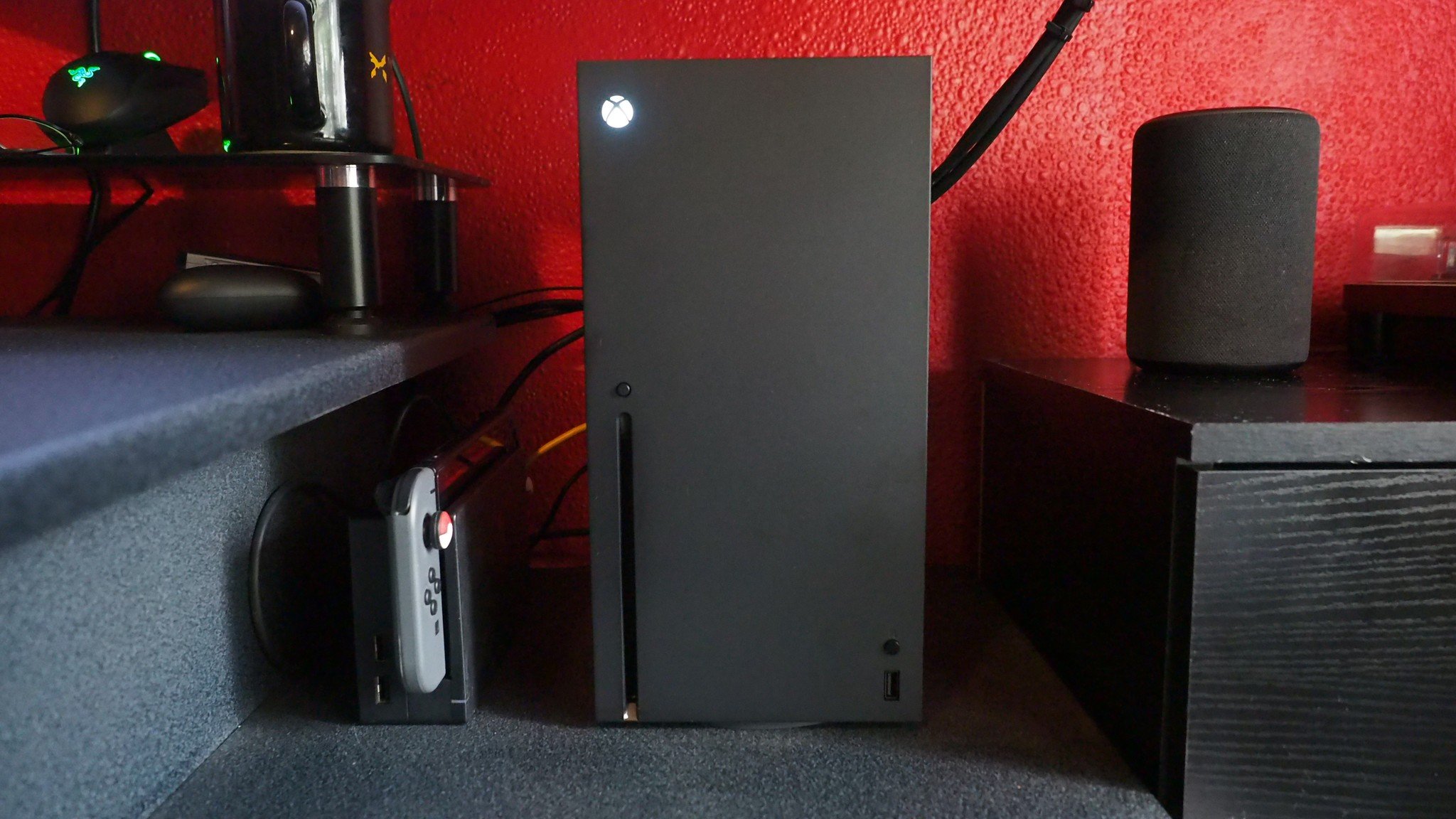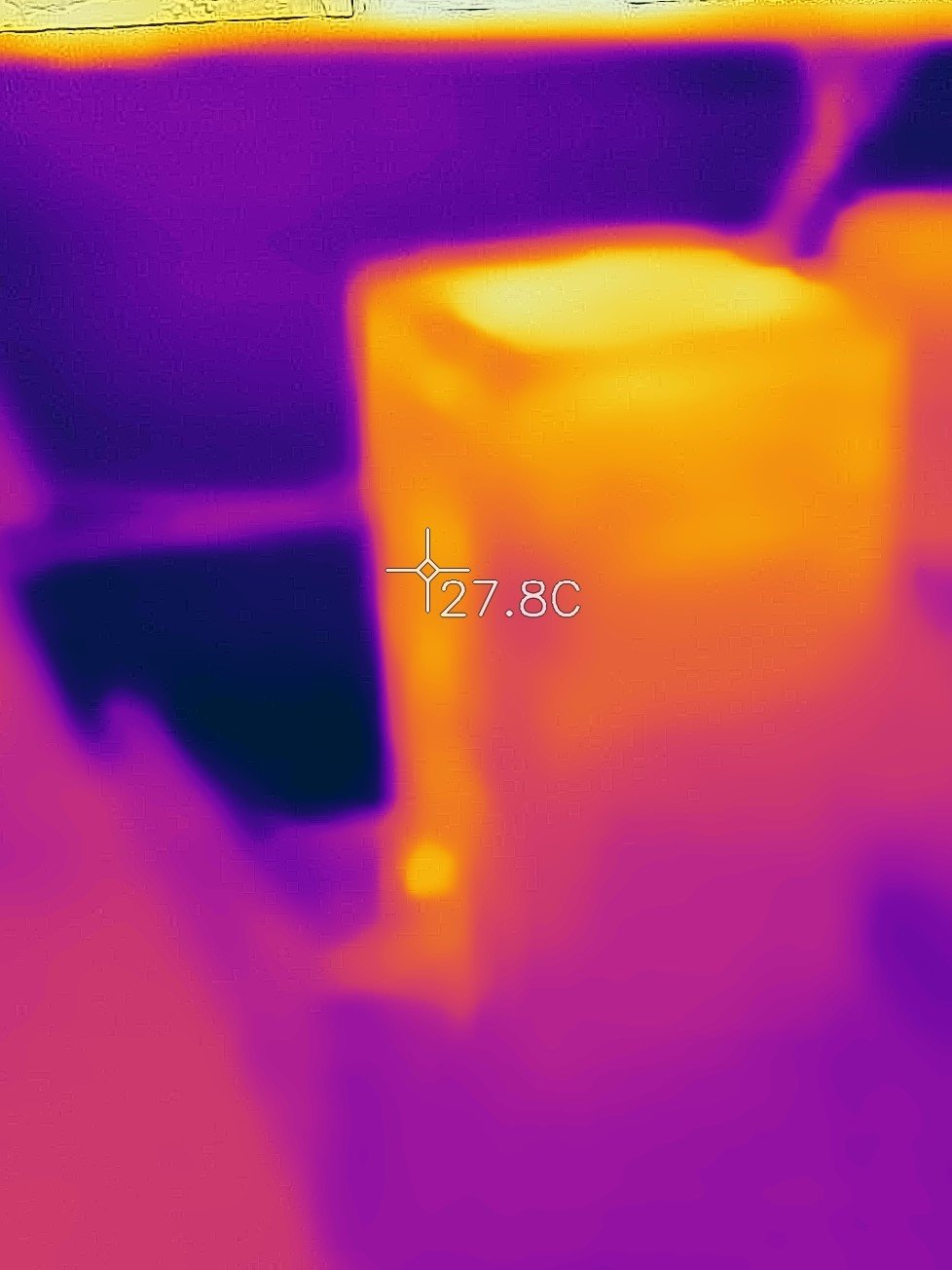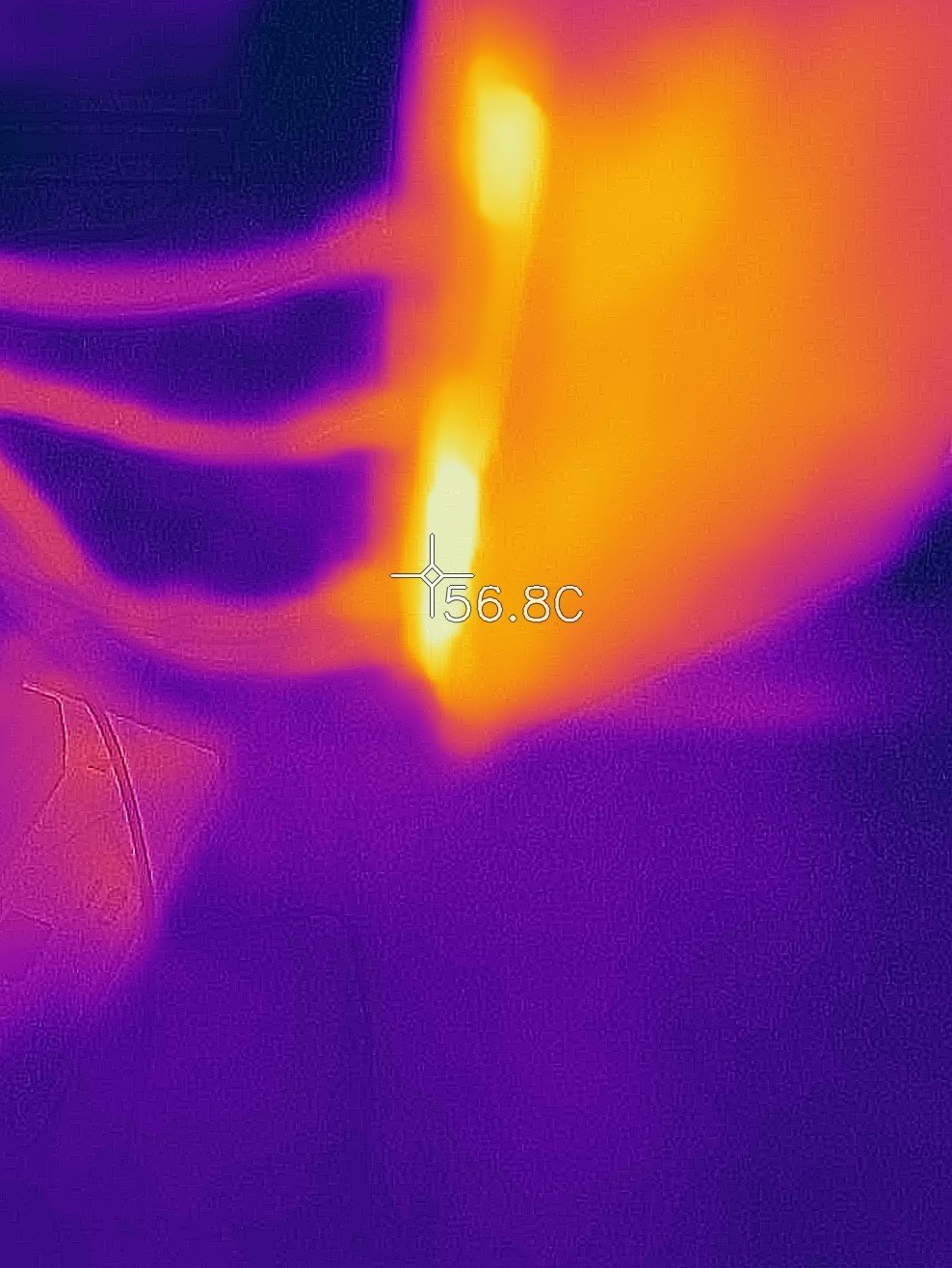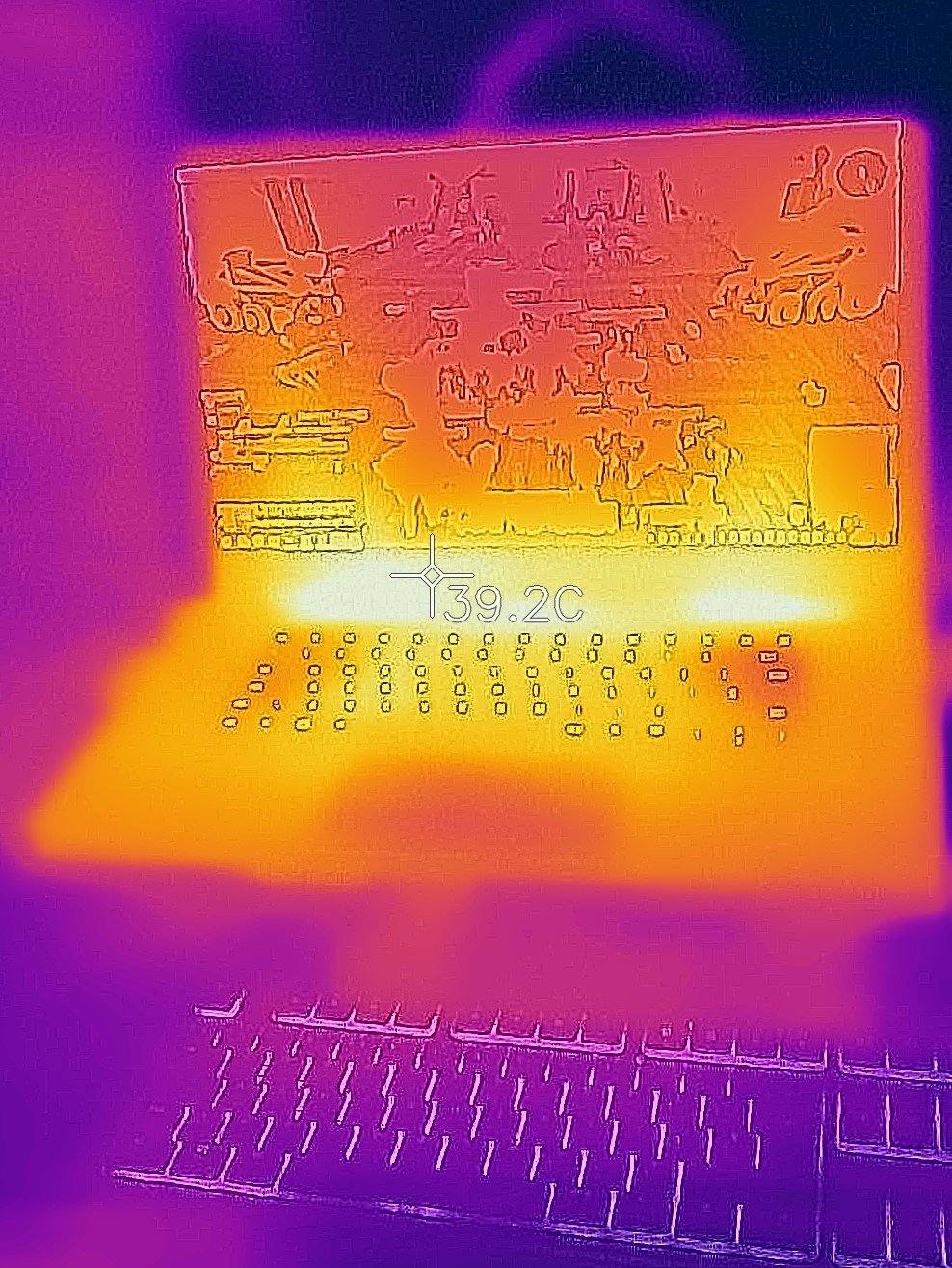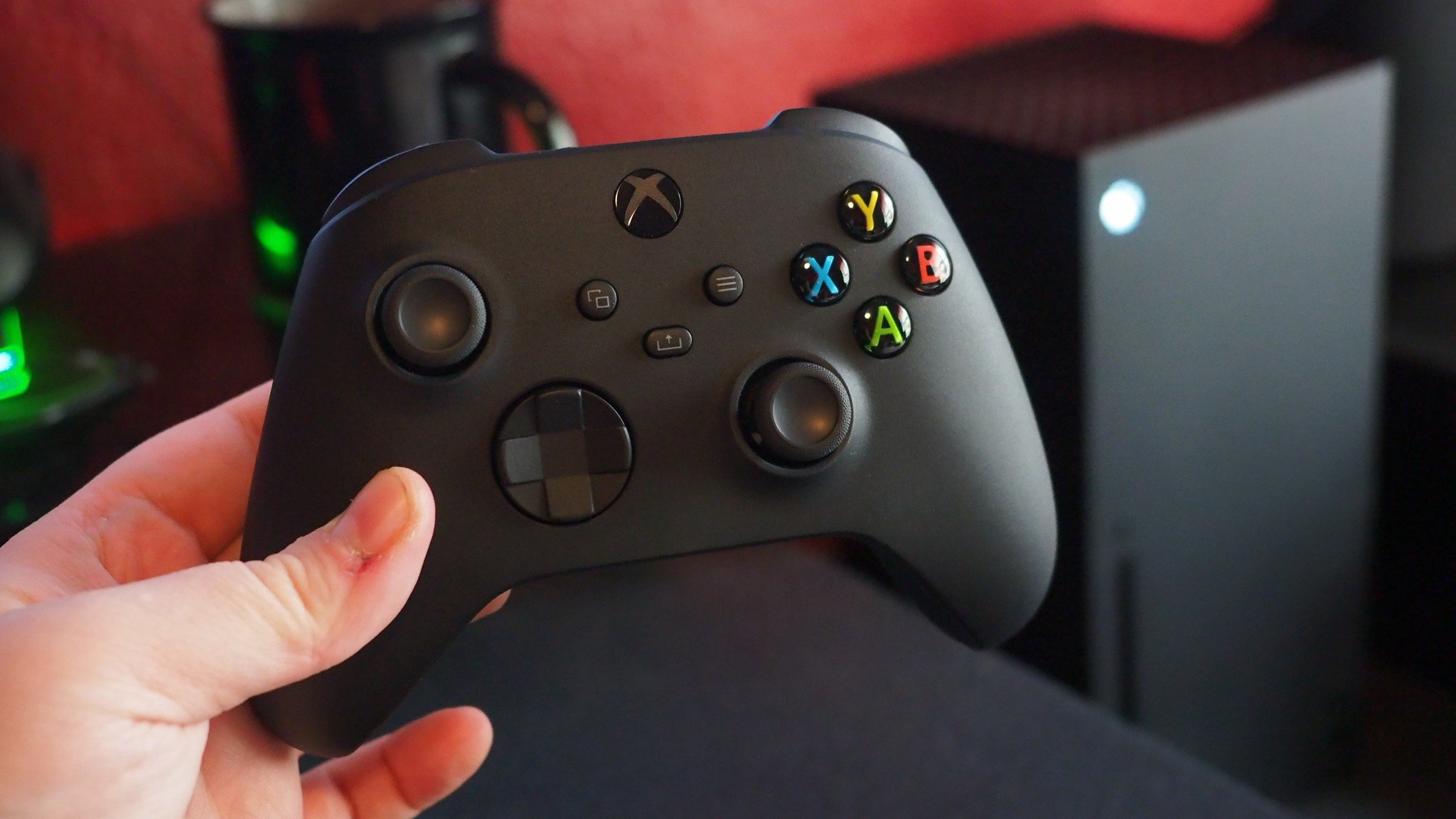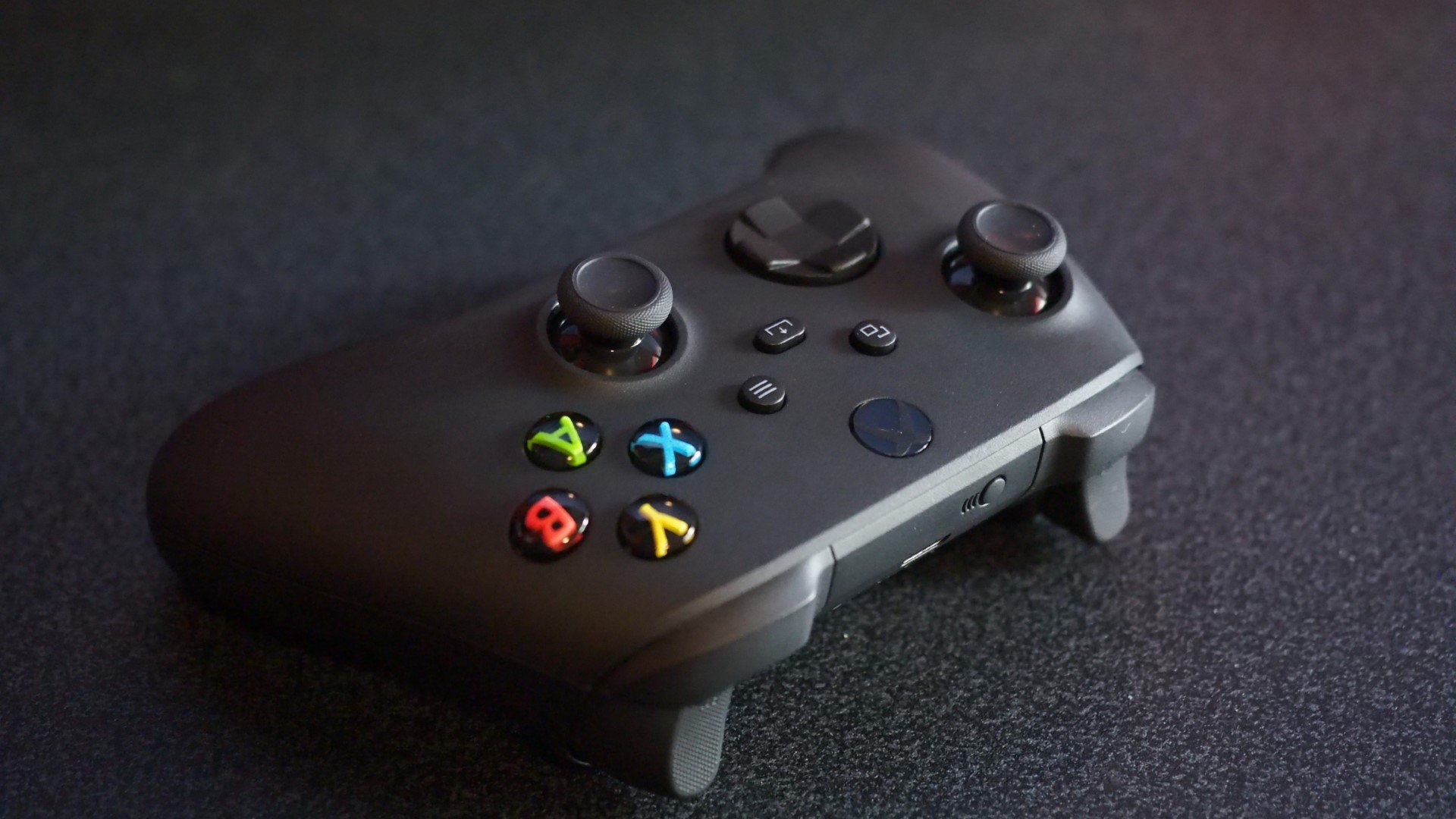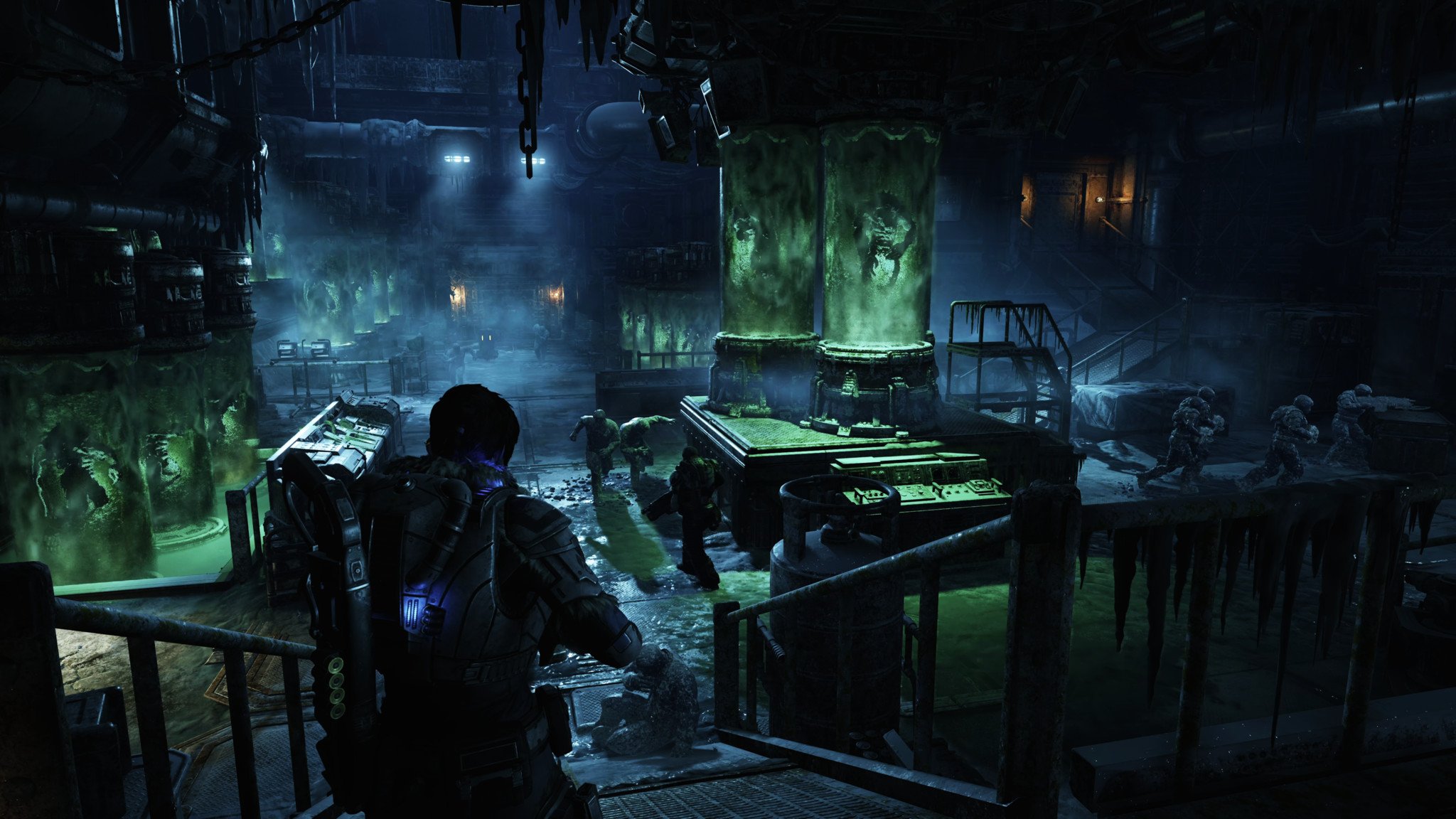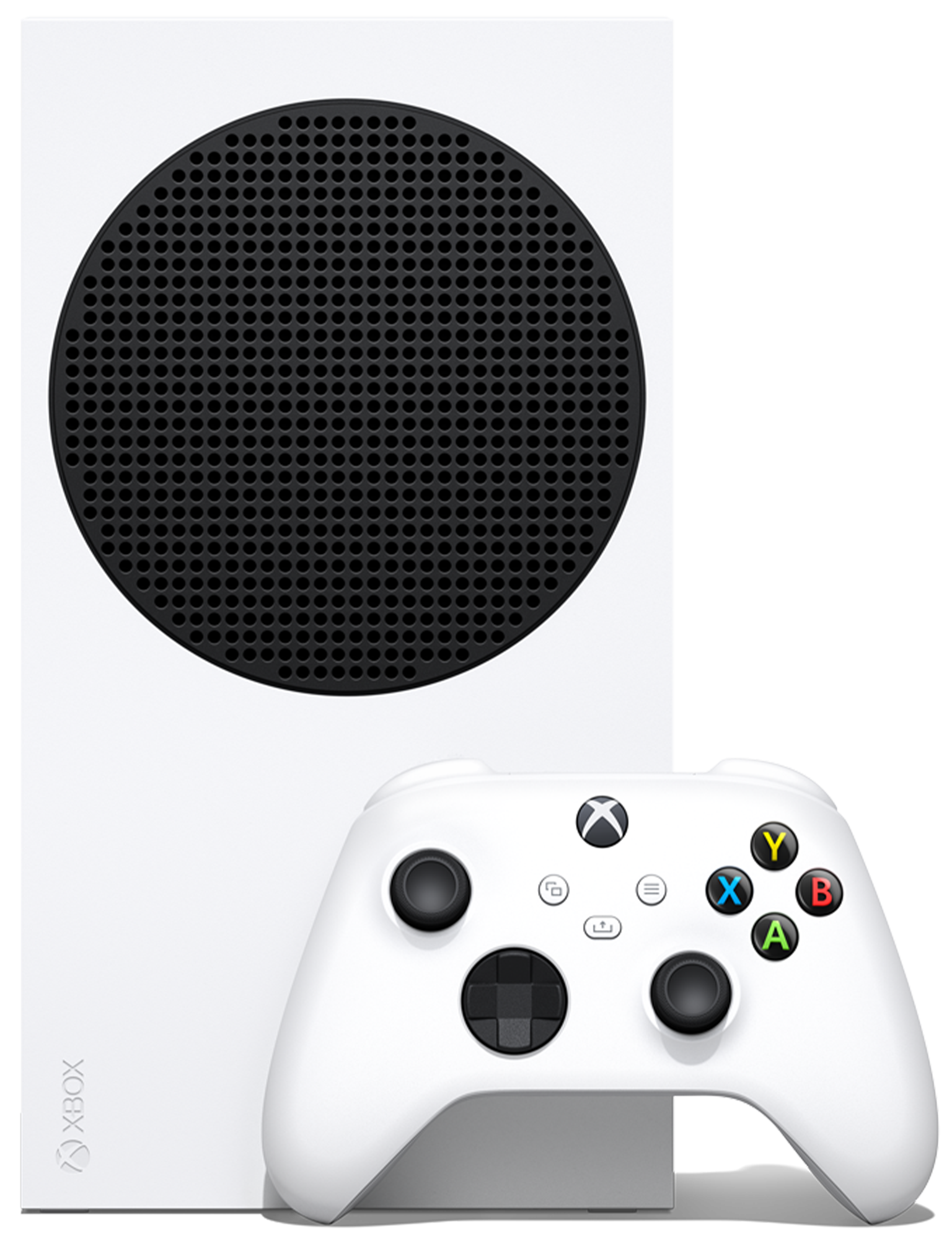Xbox Series X hands-on preview: The start of something beautiful
Microsoft may have perfected the art of video game console engineering, but is that enough?
The Xbox Series X is just a few weeks away from launch, scheduled to drop on November 10, 2020. It's no secret that Microsoft struggled against Sony's PlayStation in the past generation, with one of the worst generational console launches in recent memory. All of that is very much in the past, though. If nothing else, the Xbox Series X is a symbol of a bright and bold new era for gaming at Microsoft, where the player is very much at the center.
As the last embers of the Xbox One era fizzle out, Microsoft's flagship Xbox Series X steps out of its shadow with boldness and elegance in equal measure. Gone are all the gimmicks, in its place, raw gaming power begging to be unraveled by developers, who have more console potency to play with than ever before. We also have a range of fresh and focused features gamers actually want, rather than features to further bog down an underpowered system.
Comparing the Xbox Series X to 2013's Xbox One is like stepping out of another dimension, in the very best way possible. This is my experience with the Xbox Series X so far, before our final review closer towards launch.
Console hardware redefined
Microsoft has shaken up the very idea of what a video game console can look like, with a form factor that is clearly vertical-first, horizontal second. Laid flat, the Xbox Series X looks as though it has been toppled over, given the fact the heat is clearly meant to rise out of it, with a gigantic circular foot designed to be hidden underneath the console. Still, if you want to lay it flat, you can, as Microsoft included some subtle feet on the right side of the box to accommodate your setup.
When set vertically, the Xbox Series X somehow manages to command a presence, while also fading into your setup. It's somehow subtle and bold at the same time, with an understated design that calls attention to some of the finer details. The slightly concave top grill with green plastic accents on the underside could make for iconic industrial design in the long term, with every part of the box matching the overall color profile. Slap a glass panel on the side and add RGB, and you'd be forgiven for thinking this is a mini gaming PC.
Consoles are designed for convenience and ease of use above all else. All of your best Xbox One accessories and the best Xbox One headsets work out of the box. "Convenience" is also why the expandable storage has a proprietary memory card-like form factor, designed around CFExpress. It's easy to push in the card, and swap it out, without having to turn off your console or wait for a disconnection prompt.
No need to grab a T5 security screwdriver or buy a separate NVME enclosure. The memory card solution might seem old school, but we're dealing with the speed requirements of Xbox Velocity Architecture, which expects a higher tier of read/write speeds than most storage solutions. The memory cards are convenient and simple to set up and use.
All the latest news, reviews, and guides for Windows and Xbox diehards.
Source: Windows CentralXbox Series X heat signature during use never exceeded 35C (95F).
Source: Windows CentralBy comparison, my Razer Blade 17 Pro vents and Xbox One X were far hotter running games than the Xbox Series X. The Xbox One X vents reached anywhere up to 55C (131F) running Monster Hunter: World, with my laptop hitting 40C (104F) running World of Warcraft on Ultra. Our Xbox Series X never exceeded 35C (95F) running Monster Hunter: World, which is a good sign.
The Xbox platform is arguably responsible for bringing heat concerns to the forefront of console game design. The dreaded Red Ring of Death fault affected virtually all early Xbox 360 consoles pushed Microsoft to invest more in cooling tech, avoiding another such disaster. We whipped out a trusty thermal camera to see how heat dissipates throughout the system and the results speak for themselves.
Xbox Series X not only does a great job at expelling heat, but it does also so completely silently
The Xbox Series X is cool to the touch under load. When stressed, the top front portion can become warm. If you're running a game from the expansion card, that too can also become toasty. It's nothing out of the ordinary, though. Anyone with a gaming PC or a laptop will be familiar with the sort of heat the Xbox Series X generates. The console takes in cool air from the bottom of the console, expels it throughout the system, and out through the top.
The more taxing the game, the more heat is dissipated out of the top, naturally. That's where you want the heat to be, though, outside of the system. My Samson G-Track Pro microphone also couldn't discern any additional sound above background noise coming from the Xbox Series X while running Yakuza: Like a Dragon or Monster Hunter: World, which is a truly impressive feat.
Source: Windows Central
Another one of my favorite attributes about the new console is the small, but impressive array of improvements to the Xbox Series X/S controller. The Xbox Series X/S controller preorders are live separately, ahead of their November 10 launch. The shoulder buttons have been revised, and have far less flex in the plastic than current solutions. The actuation feels more definitive, and the revised angle makes them ever so slightly easier to press. The share button is also a nice touch too, finally catching up to Sony and Nintendo for content creation. You don't have to open the guide to create a quick capture or screenshot, making action shots a lot easier to snap.
There's little to fault in the hardware ultimately. I'm sure we'll see some decry the size or shape, but if you want PC-like performance you're looking at a PC-like form factor. It's a simple case of thermodynamics. Microsoft's Xbox engineering team is world class, and the Xbox Series X is a nothing short of a statement to reiterate that fact.
Features for the future
Beyond the hardware, Microsoft is bringing an array of new features to the table to enhance the overall Xbox ecosystem experience, including Quick Resume.
The Xbox One has a feature similar to Quick Resume, which lets you minimize a single game which can be booted up again later from standby mode. For the most part, it worked well, but there were certainly times I found the Xbox One counterpart unstable. Quick Resume on the Xbox Series X and Series S is far more robust.
Using the new SSD, the Xbox Series X can instantly drop an entire game state into storage and resume it whenever you jump back in. And instead of it being a single game, you can Quick Resume several games, leaving them in dormant states while the console is off. Because those save states are stored into the SSD, you can even unplug your Xbox, and resume them later. Naturally, some games will disconnect you from their servers when idle for too long, as seen with Destiny. Others simply fall back into an Offline Mode, like Monster Hunter World, letting you get back into the action and reconnect near instantaneously.
Xbox Series X. Resuming Quickly. pic.twitter.com/7XmXLaykhCXbox Series X. Resuming Quickly. pic.twitter.com/7XmXLaykhC— Jez 🦑 (@JezCorden) October 8, 2020October 8, 2020
It's difficult to go back to the Xbox One mechanical storage after experiencing the SSD speeds on the Xbox Series X. Games like Monster Hunter: World take loading speeds anywhere up to a minute down to mere seconds, vastly reducing waiting periods between missions and fast travel segments. It should also eventually change the way games are made, when developers know how much information they can store and stream from the storage, but I doubt we're going to see that in the near term. One example I have been given by developers is the idea of canned animations.
Typically in games, enemies tend to have only a few animation types per reaction. With the SSD, developers could add more types of attack animations, death animations, and so on, by grabbing them from the SSD. This is something that simply wasn't possible with the mechanical HDDs of old. It's an exciting promise for the future. The Xbox Series X isn't all about the future, though.
High-end gaming for your sofa
The performance improvement on games with dynamic resolution or unlocked frame rates is very apparent.
Microsoft's modern-day Xbox team is obsessed with game preservation and backward compatibility. Backward compatibility is, in some ways, part of Microsoft's DNA. The fact I can run an MS-DOS game from the 80s on Windows 10 is a testament to this. To that end, Microsoft is bringing the entire Xbox One game library (sans Kinect games) to the Xbox Series X, with many of them enjoying further enhancements. Fallout 4, for example, runs at 60 frames-per-second (FPS) on the Xbox Series X. Other games like Monster Hunter World have also enjoyed a jump in frame rate, without requiring a patch from the developers. Essentially, any game which has a dynamic resolution, texture scaling, or unlocked frame rates will see a blanket improvement on the Xbox Series X, by virtue of the hardware alone.
We haven't been hands-on with many upcoming games as of writing. Yakuza: Like a Dragon looks decent enough, but it isn't exactly what I'd call a great technical showcase. DiRT 5 manages to hit 120 FPS with the Xbox Series X, but without a 120Hz panel here, it's hard to describe that which I can't experience.
Source: Windows Central
Microsoft's Xbox engineering team is world class.
The most impressive visuals I've seen from the Xbox Series X come from games like Gears 5 and Gears Tactics, both of which hit 60 FPS while maintaining a crisp 4K resolution. Gears 5 picks up some additional lighting improvements, with higher-res reflections on certain textures and surfaces. Gears 5 also grabs 120 FPS in multiplayer, which is somewhat absurd. Gears Tactics looks reminiscent of its PC counterpart running on Ultra, with every detail slider maxed out.
Gears 5 in particular looks like an absolute feast for the senses on Xbox Series X, although the same was true on the past-gen Xbox One X. On the Series X, Gears 5 has been polished further with improved particle effects, improved shadows, and additional reflections that add depth and beauty to every scene. Still, there's only a handful of games with definitive improvements at launch.
It's fair to say that we might not see Xbox Series X's true potential realized at launch. Even with visual enhancements, I'm not sure how compelling a Gears 5 replay is, and we're still unsure what types of enhancements we'll get with Watch Dogs: Legion and Assassin's Creed Valhalla. CD Projekt RED has already stated its next-gen enhancement patches will arrive in 2021, leaving us with a relatively thin lineup of new games that actually push the hardware as of 2020.
The start of something big
Regardless of what the critics say about Xbox Series X, they're almost certain to sell out this holiday season. That couples with a world slipping back into full-blow lockdowns, making it unlikely any hardware manufacturer could meet demand. Consumers are spending more on gaming hardware than ever before, and investing into digital ecosystems to pair.
The Xbox Series X is the focal point for the future of gaming with Microsoft.
It's undeniable that there's a big Halo-shaped hole in this launch line-up. Halo Infinite is right there on the retail box art, and featured heavily in the "Power Your Dreams" marketing campaign. For examples of the Xbox Series X's technical brilliance, the weight falls on Gears Tactics alongside some third-party multiplatform games, which will most likely perform better on the Xbox Series X. But the launch lineup matters far less than the lifecycle of the platform, which is objectively in better shape than it has ever been.
The Xbox Series X is the focal point for the future of gaming with Microsoft. No more gimmicks or attempts to tell gamers what they want. Microsoft is aligning itself with the feedback it gets from its console customers, while also moving other parts of the business towards new trends and market opportunities, all of which will loop back around and enhance the console experience.
Microsoft didn't purchase Bethesda to make Xbox Series X console users happy or try to steal PlayStation gamers from Sony. It bought Bethesda to have a suite of exclusive software drawing eyes to Xbox Game Pass, which now exists everywhere, on everything. Even your fridge.
The Xbox Series X will be the best place outside of a high-end PC to enjoy these experiences. The Xbox Series X is a meticulously crafted harmony of engineering that boasts the sort of polish and prowess that is rarely seen at the start of a console cycle. For now, I'm fully on board for the ride.

The full next-generation experience.
Xbox Series X is Microsoft's new flagship, as its most powerful console with over 12TF GPU performance and a custom SSD. It boasts up to 4K resolution and 120 FPS, full backward compatibility across four generations, and ray-tracing support.
Xbox Series X/S
Main
- Xbox Series X: Everything we know
- Best games coming to Xbox Series X/S
- List of Xbox Series X specs
- What is the Xbox Series X release date?
- How much does Xbox Series X cost?
- Why you can't preorder Xbox Series X yet
- Best Xbox Series X Headsets

Jez Corden is the Executive Editor at Windows Central, focusing primarily on all things Xbox and gaming. Jez is known for breaking exclusive news and analysis as relates to the Microsoft ecosystem while being powered by tea. Follow on Twitter (X) and tune in to the XB2 Podcast, all about, you guessed it, Xbox!
